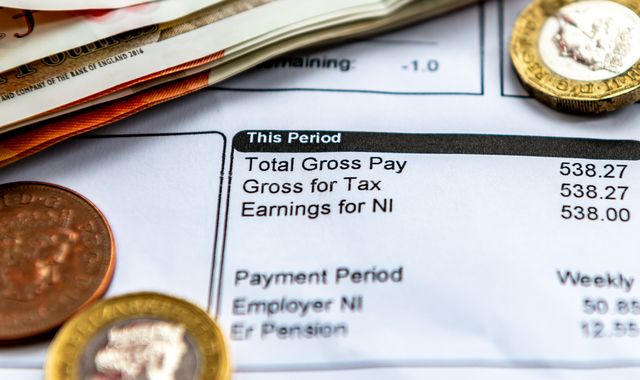In the month when minimum wage rose and employers’ national insurance increases kicked in, job vacancies fell, according to April data from the Office for National Statistics.
Job vacancies have now fallen below the pre-pandemic level of March 2020, down from a peak of 1.3 million in early 2022 to 761,000 last month.
Money blog: ‘Arnold Clark offered me a coffee cup for a £230 mistake’
Average weekly earnings continued to rise faster than inflation, at 5.5% down from 5.7%, while pay excluding bonuses grew at a lower 5.6% level, down from 5.9%, in the three months to March, ONS figures showed.
It means wages are rising more slowly than before but faster than the rate of price rises.
Latest official figures showed inflation stood at 2.6% in March.
Wage growth was described as “relatively strong” by Liz McKeown, director of economic statistics at the ONS, with increases in public and private sectors “now showing little difference”.
“The broader picture continues to be of the labour market cooling, with the number of employees on payroll falling in the first quarter of the year.
Unemployment also rose in March, the ONS said, ticking up from 4.4% to 4.5% a month earlier.
The ONS, however, continued to advise caution in interpreting changes in the monthly unemployment rate due to concerns over the figures’ reliability.
The exact number of unemployed people is unknown, partly because people don’t respond to surveys and answer the phone when the ONS calls.
This breaking news story is being updated and more details will be published shortly.
Please refresh the page for the fullest version.
You can receive breaking news alerts on a smartphone or tablet via the Sky News app. You can also follow us on WhatsApp and subscribe to our YouTube channel to keep up with the latest news.





























